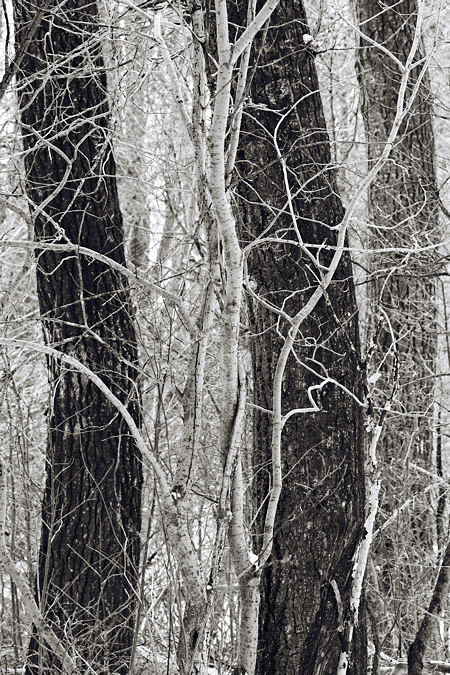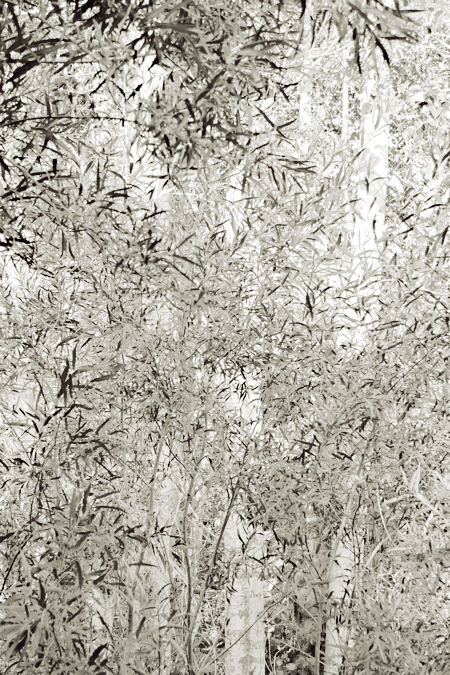I had the good fortune to go to a very good group show at the MoMA recently with the provocative title ‘What is painting?’. One among the many works that I ran into was by a lady artist of the 1970’s Lee Lozano. Not having studied at art school, I did not know much about her (well, I did later find out that she really is not a household name) until I came back home and read up a little bit about her. The more I read, the more I was fascinated by how she had managed to integrate art and life into a seamless whole. From reading, I surmised that her desire for painting went beyond the confines of the canvas and she tried through her art/life to incorporate the viewer and her life in a strange union.
Archives for artform
Studio as laboratory
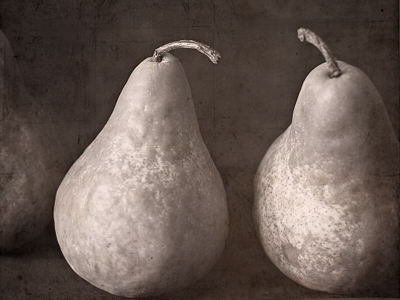
I’ve just started reading The Vexations of Art by Svetlana Alpers, in which she draws an analogy between the artist’s studio and the scientific laboratory, both arising at a time (17th C.) when there was a “change in emphasis from theory to practice, or from science considered primarily as the formation of natural laws to science as the making of experiments.”
The impact of blur
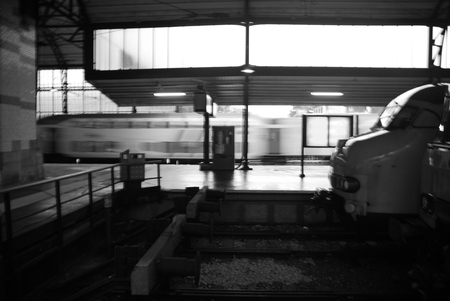
This photo of the train station in Haarlem has always caught my attention. In trying to figure out why, I noticed that the images contains blur in three flavors: blur because of movement, in the case of the passing train; blur in the case of an area out of focus, as with the distant cityscape; blur because of a translucent surface, as with the station windows.
Each of these elements of blur contributes to the impact of the image. The passing train is captured but transformed to something beyond our reach in the still reference frame. The sense of being inside the station is heightened by both the way the windows diffuse the light, and by the blur of the exterior space. The combination intensifies the feeling of being in a particular place at a particular moment, separated from the rest of the world by distance, glass, and velocity.
All of these elements of blur were unintentional. Their joint effect I only realized months after making the image, but the insight of the power of blur is something I can compose with in the future.
Do you have an example of blur in a photo which contributes to the impact of the image?
Foamula (by Jay)

OHIO TOWN – varnish on figured foam – 2005
You, especially if you patrol the aisles of building supply stores, have run across sheets of a light, pink material, used for insulation. Foamula is a common trademark.
A look back at a painting from ’99
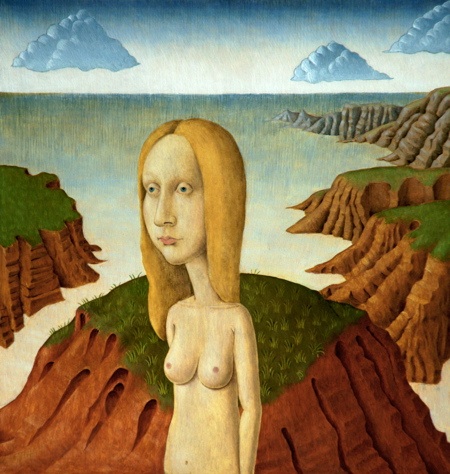
This painting from 1999 is made with oil colors on a chalk ground on a wood panel. There are interesting aspects to this picture that make me want to take another look at it.
I like the mood that the colors and rhythms of the landscape give in contrast to the pale woman.
The rhythms of the grass and the receding landscape, the whites of the clouds, each sets up its own system. The woman in contrast has a simple rhythm of points — her nipples mirror her eyes. She is still and silent, but the landscape seems to reflect the texture of her thoughts and feelings — this is how I see it. The sharp edges and mellow forms are part of this texture.
All the oddness of the painting holds together because of its “internal coherence”, to borrow Arthur‘s expression.
I think that taking a careful look at older work is important because along the way I sometimes loose site of the things I did before, perhaps because I didn’t appreciate them earlier. Have you ever “rediscovered” an older work of your own, finding something in it you never saw before?
